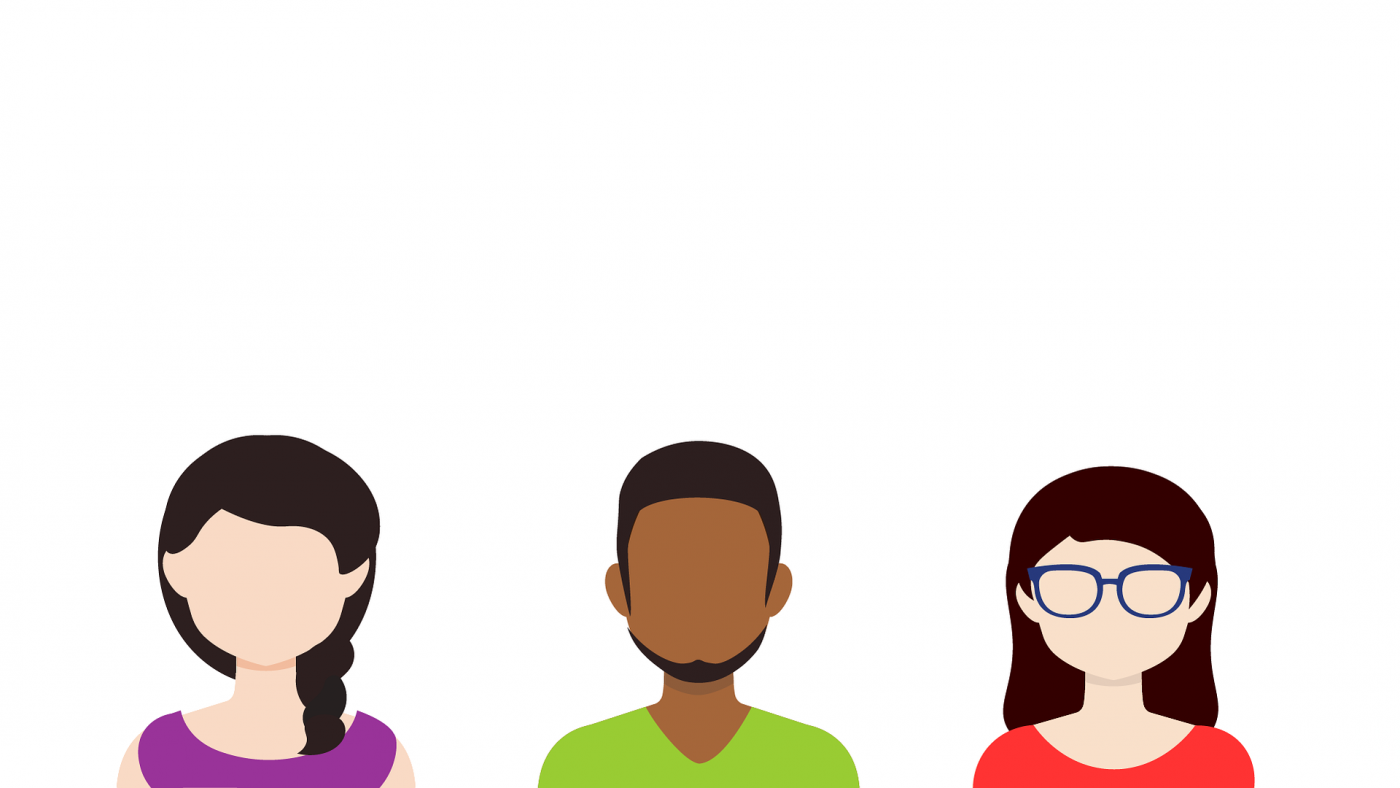Minister of Education: ‘UU diversity policy is its own responsibility’

Utrecht University came under fire two weeks ago as the result of an article published in newspaper De Telegraaf about the ‘Project plan Diversity: Inflow and Selection’. The newspaper said the authors of the report feel that ‘diversity is sorely needed at the very white university’, and as a result, the UU was said to consider ‘diversity actions’ such as separate prayer rooms for men and women. The UU wants islamisation, was the quick critical response from, among others, PVV congressman Machiel de Graaf, who requested an emergency debate in the House of Representatives the same day. VVD congresswomen Judith Thielen and Bente Becker also wondered about the plans, and sent the minister written questions.
‘Ideas, not policy plans’
The criticism focused mainly on the plan’s appendix, titled ‘for inspiration’. The appendix includes a selection of quotes from people at the UU about how they feel the university could become more diverse. One suggestion says perhaps the university could create a prayer room with separate entrances for men and women; another proposes increased promotion of facilities for students with disabilities.
They’re ideas, not policy plans, said Utrecht University. The university felt that De Telegraaf missed the point of the project plan by focusing solely on this appendix. The principle behind the plan is to realise a culture in which ‘every qualitatively suitable study chooser, regardless of background’ feels welcome at the UU. This isn’t limited to students with a migrant background: it also includes, for example, students with a social disadvantage, first-generation students, and male/female students (depending on the gender division at any given study programme). The project plan offers programmes six steps to follow: from gathering information about the student population to formulating the diversity problem, and ending with the implementation of chosen measures.
‘Diversity is a part of the university’s tasks of formation and connections’
Minister Ingrid van Engelshoven says there’s nothing wrong with this approach. In response to questions from the VVD, she writes: “I can only encourage universities and universities of applied sciences to think about diversity and inclusivity, and actually implement concrete measures. It’s my opinion that diversity, in both student population and staff, can make an important contribution to the quality of education. A learning community that’s made up of students and teachers with different backgrounds, experiences, talents, cultures, and nationalities challenges students to learn about each other, to look at issues from different points of view, and to find creative solutions. This way, students learn to build bridges and make the connections they need for the future. It’s a part of the educational system’s tasks of formation and connections.”
The way in which the UU is working on diversity and inclusivity, Van Engelshoven says, is the responsibility of the university itself. The minister does say, in response to the suggested prayer room with separate entrances and a calendar that includes Muslim holidays, that measures need to be considered carefully before choosing to implement them. She also emphasises that the UU has assured her that the university doesn’t see any cause to implement these particular ideas.